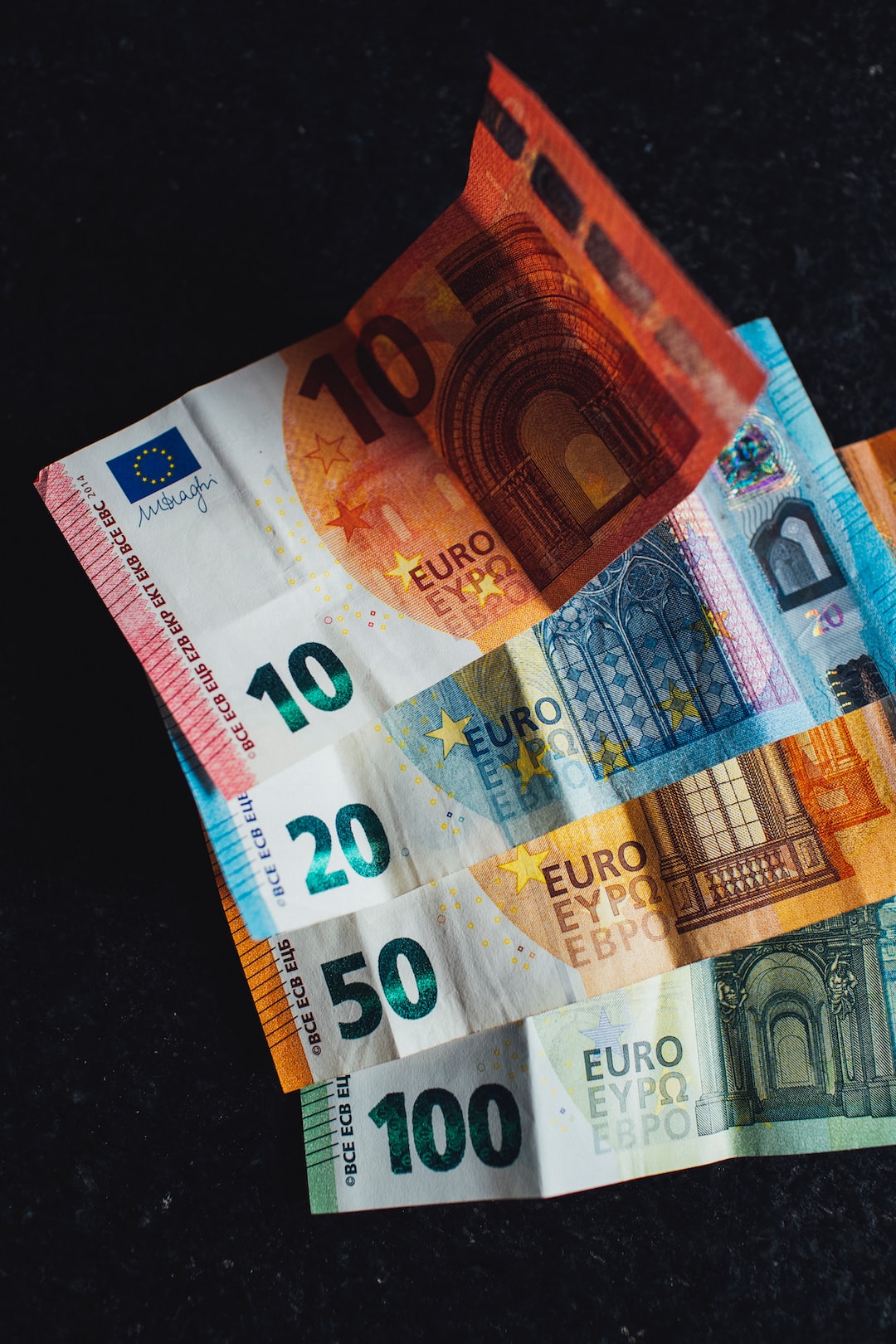Planning Your International Escapades: The Ultimate Guide to Choosing the Perfect Card
Embarking on an overseas adventure can be thrilling, but navigating the financial intricacies can be daunting. Understanding the distinctions between HDFC forex cards and debit cards is crucial for a seamless travel experience. This comprehensive guide will demystify these payment options, empowering you to make an informed decision.

Image: www.forex.academy
HDFC Forex Card: A Tailored Travel Companion
HDFC forex cards are prepaid cards specifically designed for international transactions. These cards eliminate the hassle of carrying multiple currencies and safeguard against currency fluctuations. They offer competitive exchange rates, ensuring you get the most value for your money. Additionally, HDFC forex cards provide:
- Wide acceptance at millions of merchants and ATMs worldwide
- Zero or minimal transaction fees on purchases and withdrawals
- Dedicated customer support for assistance while traveling
- Secure and convenient cashless experience
HDFC Debit Card: A Versatile Financial Tool
HDFC debit cards are linked to your bank account, making them convenient for everyday transactions. They can be used for purchases, withdrawals, and online banking. While they may not be as specialized for international travel as forex cards, debit cards offer:
- Access to funds in your bank account
- No preloading required, ensuring flexibility
- May incur transaction and ATM withdrawal fees when used overseas
So, which card is the right choice for you? Consider your travel plans, frequency of international transactions, and the importance of competitive exchange rates. To help you make a more informed decision, we’ve compiled a comparative table:
| Feature | Forex Card | Debit Card |
|---|---|---|
| Purpose | Specifically designed for international travel | General-purpose transactions, including domestic and international |
| Preloading | Required | Not required |
| Exchange rates | Competitive, locked-in exchange rates | Dynamic exchange rates, may vary |
| Transaction fees | Zero or minimal | May incur fees overseas |
| ATM withdrawal fees | Zero or minimal | May incur fees overseas |
Expert Tips for Maximizing Your Travel Card
- Lock in exchange rates in advance to protect against unfavorable currency fluctuations.
- Inform your bank and card issuer about your travel plans to avoid temporary account freezes.
- Set up SMS or email alerts to monitor transactions and prevent unauthorized activity.
- Carry a small amount of local currency for emergencies and small purchases.
- Be aware of any daily withdrawal or purchase limits on your cards.

Image: www.forex.academy
Frequently Asked Questions
- Q: Can I use my HDFC debit card overseas?
- A: Yes, but you may incur transaction and ATM withdrawal fees.
- Q: How do I load funds onto my HDFC forex card?
- A: You can load funds through online banking, mobile banking, or at any HDFC branch.
- Q: What is the maximum amount I can load onto my HDFC forex card?
- A: The maximum load limit varies depending on the card type and regulatory requirements.
- Q: Can I withdraw local currency from ATMs using my HDFC forex card?
- A: Yes, you can withdraw local currency from ATMs in most countries, subject to any fees.
Hdfc Forex Card Vs Debit Card
Conclusion
Choosing between HDFC forex cards and debit cards wisely can significantly enhance your international travel experience. Consider the benefits and limitations of each card type and make a decision that aligns with your specific needs. By following our expert tips and referring to the FAQ section, you can maximize the value of your travel card and ensure a hassle-free overseas adventure.
So, are you ready to embark on your next global adventure armed with the knowledge of HDFC forex cards vs debit cards? Let’s make your travels more rewarding and memorable!






